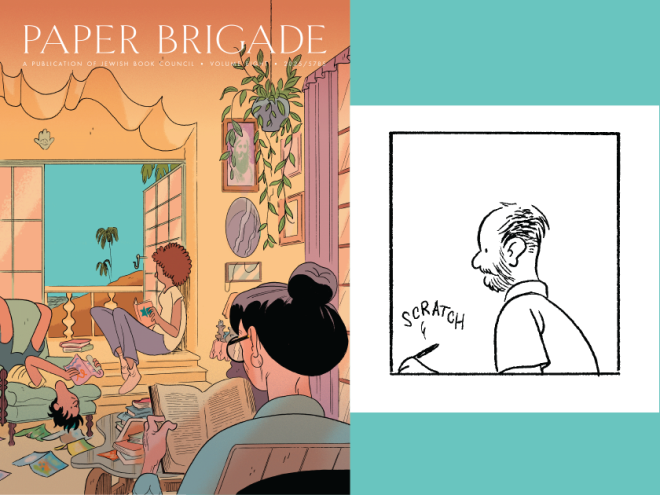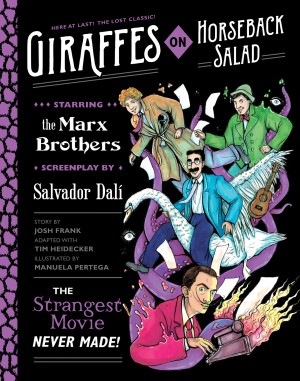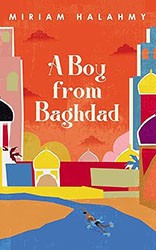Set in the world of Los Angeles’s 1970s film industry, Sammy Harkham’s graphic novel Blood of the Virgin offers a nuanced and complicated view of many intertwined elements, including the immigrant experience and the disillusionment that comes from encountering the reality of one’s dream. The book is expansive, often depicting characters that are unlikable but still sympathetic — and it is inside this tension that Blood of the Virgin truly shines. Rather than settling for straightforward situations, relationships, or experiences, Harkham revels in the messiness of being human.
The graphic novel’s protagonist, Seymour, an Iraqi Jewish immigrant from Australia, and his wife Ida, an Ashkenzai Jewish immigrant from New Zealand, clash throughout the story. Despite both being Jewish, Seymour and Ida come from notably different backgrounds. Blood of the Virgin thus distinguishes between Sephardic and Ashkenazi experiences and raises questions about what a “Jewish” experience even means. On their way to a party, Seymour and Ida get into an argument:
Ida: “These are your people. Most of them assume I’m not Jewish.”
Seymour: “Oh come now, they just don’t know any Ashkenazis.”
Ida: “They do. They just don’t consider them Jews. Your uncle said that.”
Seymour: “Well, traditionally, Jews come from Babylon, not Poland.”
Harkham’s characters never reconcile this argument. Their refusal to do so is one of the graphic novel’s strengths: it resists the allure of concrete definitions. It instead leans into the fact that these definitions aren’t as strict as we’d like them to be, and that Jewishness is a capacious category.
Harkham never depicts Seymour or Ida as religiously Jewish. In fact, Seymour mostly devotes himself to the altar of his career as a filmmaker. It’s crucial to note that Seymour feels most connected to and inspired by the horror genre, a genre generally concerned with the “Other” and larger societal fears. However, Harkham complicates how we read horror — especially in a Jewish context — when the narrative flashes back to Budapest in 1942. In a series of quiet frames, Harkham shows the rise of the Nazis in Budapest, which ensnares a Jewish mother and her daughter. He reveals that this character is Ida’s mother, and that the daughter from the flashback does not survive the Holocaust. In panels that read like a silent film, Harkham implies that the real horror of Blood of the Virgin is not Seymour’s movie monsters, but the history and reality of antisemitism.
Seymour’s and Ida’s families represent different connections to Judaism, yet they are all connected by a shared sense of persecution as “Others.” Harkham concludes the narrative with a telling parable: A cat inside a house terrorizes the mice living there. The mice wonder, “Why hath God smote us so?” Finally, one mouse has the idea to tie a bell around the cat’s neck so they can listen for its approach. But “which of us will tie the bell around the cat’s neck?”
Despite their differences, Seymour and Ida reconnect — two mice protecting each other from the cat(s) lurking about.
Dr. Megan Reynolds is the Development Manager for the National Book Foundation. Before joining the National Book Foundation, Megan Reynolds served as the Development Coordinator at Jewish Book Council. Megan holds a Ph.D. in English from the University of Oregon and BA in English with minors in Creative Writing and Spanish from Trinity University. She is originally from New Mexico and now lives in New York City.





